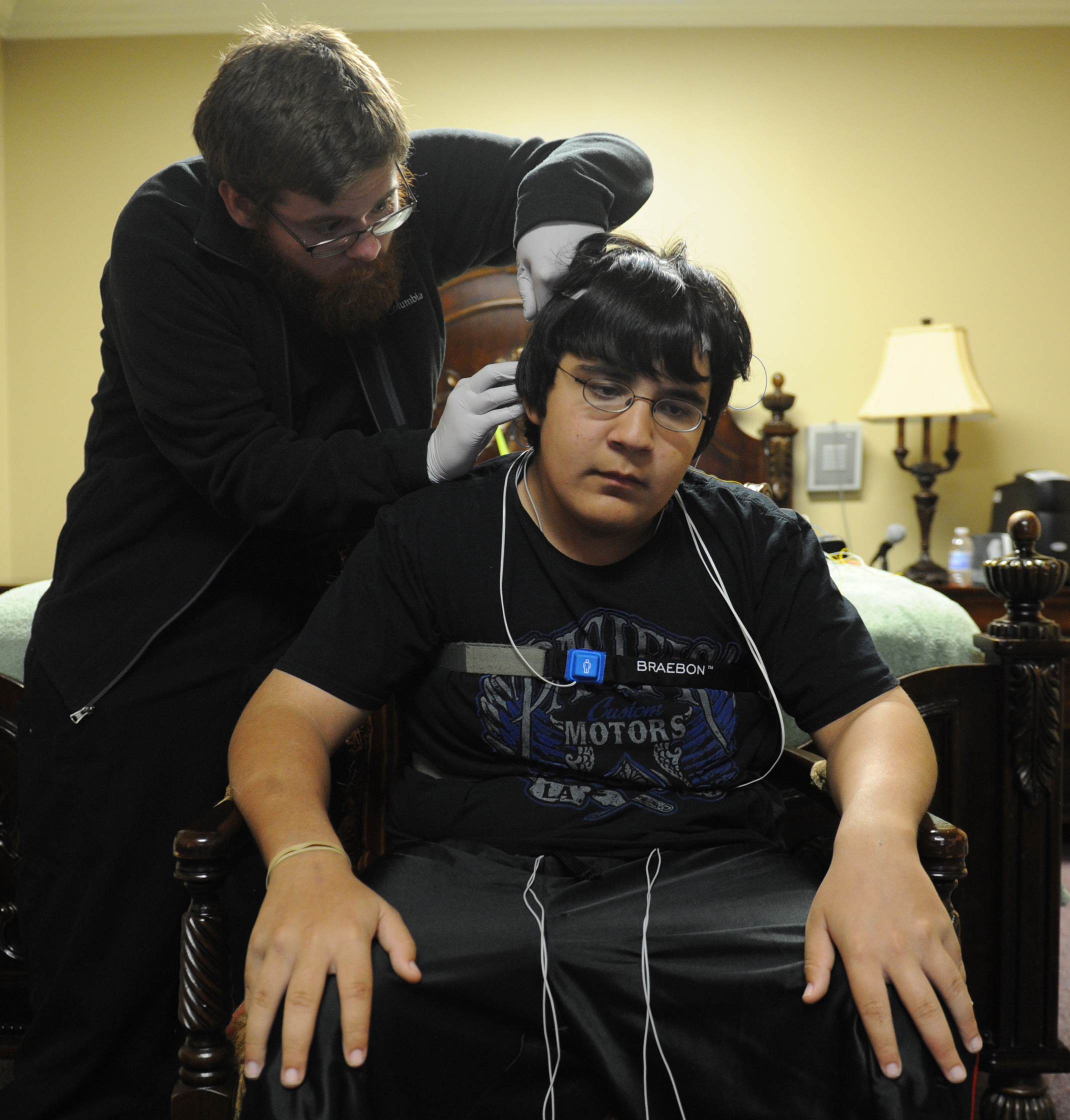The boy in the "America's Funniest Home Videos" clip was snoring -- loudly. The studio audience laughed and someone said, "Look, it's almost like an old man."
But what the audience didn't realize is that the boy was suffering from severe sleep apnea, said Carole L. Marcus, director of The Sleep Center at The Children's Hospital of Philadelphia.
Snoring is no laughing matter.
"Snoring is something that people often don't take seriously, but it could be a symptom of a very serious underlying condition," Marcus said.
The American Academy of Pediatrics released new guidelines in September that recommend all children be screened for snoring each time they visit their pediatrician. Snoring can be a sign of sleep apnea, which can cause major health and behavioral problems in children, but it is often ignored in regular health screenings.
Marcus led the team of researchers who reviewed more than 3,000 studies before they issued the new standards, which will be adopted by pediatricians across the United States.
"I can tell you from my clinical experience how many children fall through the cracks," Marcus said. "Sleep apnea is incredibly underdiagnosed in kids."
Sleep apnea causes repetitive interruptions in breathing while a person is asleep. Children suffering from the condition are often irritable and sleepy during the day, wake up with headaches and have trouble learning, focusing and retaining information, Chattanooga physician Anuj Chandra said.
"Parents need to make it a point to watch and listen to their children while they are sleeping," he said. "They definitely need to pay attention to snoring just as they pay attention to height and weight, and bring it up with their pediatrician."
Between 2 and 5 percent of kids suffer from sleep apnea, Chandra said. But a much lower percentage are actually diagnosed and receive treatment. Statistically, for every five children diagnosed with asthma, at least one should be diagnosed with sleep apnea.
"We all know, 'Oh this kid has asthma,'" Chandra said. "But how often do you know this kid has sleep apnea? It's not that often."
The American Academy of Pediatrics new guidelines are aimed at closing that gap, Chandra said. The guidelines suggest pediatricians ask children and their parents about snoring in the same way they'd ask about immunizations or exercise patterns.
"It's one quick question," Marcus said. "Then if they say yes they do snore, the pediatrician should take a more detailed history and examination. And if that suggests sleep apnea, they should confirm it with a sleep study."
The most common treatment for sleep apnea in children is removing the child's tonsils, Marcus said, but some children need to use a continuous positive airway pressure machine. The machine pumps air through a tube and a mask into the child's airway.
"It's the opposite of a vacuum," she said. "A vacuum sucks out air, this machine blows air. If you think of the throat as a balloon, if you keep air going through the balloon it will keep it open."
Chandra said the American Academy of Pediatrics' recommendation is a groundbreaking step for pediatric sleep medicine.
"It's a big deal because it shows that they recognize the importance of sleep disorders in children," he said. "It's a big change, and it's an important one."
Contact staff writer Shelly Bradbury at sbradbury@timesfreepress.com or 423-757-6476.
